HSBC 2010 Annual Report Download - page 179
Download and view the complete annual report
Please find page 179 of the 2010 HSBC annual report below. You can navigate through the pages in the report by either clicking on the pages listed below, or by using the keyword search tool below to find specific information within the annual report.-
 1
1 -
 2
2 -
 3
3 -
 4
4 -
 5
5 -
 6
6 -
 7
7 -
 8
8 -
 9
9 -
 10
10 -
 11
11 -
 12
12 -
 13
13 -
 14
14 -
 15
15 -
 16
16 -
 17
17 -
 18
18 -
 19
19 -
 20
20 -
 21
21 -
 22
22 -
 23
23 -
 24
24 -
 25
25 -
 26
26 -
 27
27 -
 28
28 -
 29
29 -
 30
30 -
 31
31 -
 32
32 -
 33
33 -
 34
34 -
 35
35 -
 36
36 -
 37
37 -
 38
38 -
 39
39 -
 40
40 -
 41
41 -
 42
42 -
 43
43 -
 44
44 -
 45
45 -
 46
46 -
 47
47 -
 48
48 -
 49
49 -
 50
50 -
 51
51 -
 52
52 -
 53
53 -
 54
54 -
 55
55 -
 56
56 -
 57
57 -
 58
58 -
 59
59 -
 60
60 -
 61
61 -
 62
62 -
 63
63 -
 64
64 -
 65
65 -
 66
66 -
 67
67 -
 68
68 -
 69
69 -
 70
70 -
 71
71 -
 72
72 -
 73
73 -
 74
74 -
 75
75 -
 76
76 -
 77
77 -
 78
78 -
 79
79 -
 80
80 -
 81
81 -
 82
82 -
 83
83 -
 84
84 -
 85
85 -
 86
86 -
 87
87 -
 88
88 -
 89
89 -
 90
90 -
 91
91 -
 92
92 -
 93
93 -
 94
94 -
 95
95 -
 96
96 -
 97
97 -
 98
98 -
 99
99 -
 100
100 -
 101
101 -
 102
102 -
 103
103 -
 104
104 -
 105
105 -
 106
106 -
 107
107 -
 108
108 -
 109
109 -
 110
110 -
 111
111 -
 112
112 -
 113
113 -
 114
114 -
 115
115 -
 116
116 -
 117
117 -
 118
118 -
 119
119 -
 120
120 -
 121
121 -
 122
122 -
 123
123 -
 124
124 -
 125
125 -
 126
126 -
 127
127 -
 128
128 -
 129
129 -
 130
130 -
 131
131 -
 132
132 -
 133
133 -
 134
134 -
 135
135 -
 136
136 -
 137
137 -
 138
138 -
 139
139 -
 140
140 -
 141
141 -
 142
142 -
 143
143 -
 144
144 -
 145
145 -
 146
146 -
 147
147 -
 148
148 -
 149
149 -
 150
150 -
 151
151 -
 152
152 -
 153
153 -
 154
154 -
 155
155 -
 156
156 -
 157
157 -
 158
158 -
 159
159 -
 160
160 -
 161
161 -
 162
162 -
 163
163 -
 164
164 -
 165
165 -
 166
166 -
 167
167 -
 168
168 -
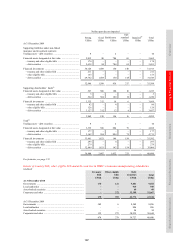 169
169 -
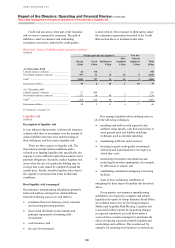 170
170 -
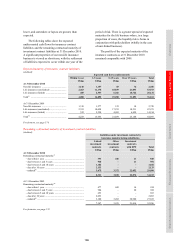 171
171 -
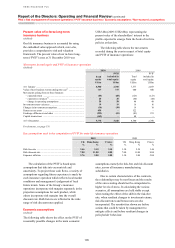 172
172 -
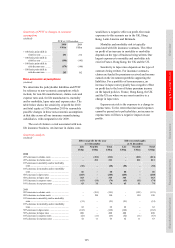 173
173 -
 174
174 -
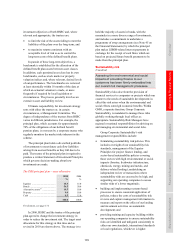 175
175 -
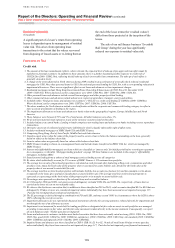 176
176 -
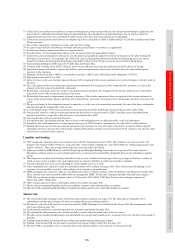 177
177 -
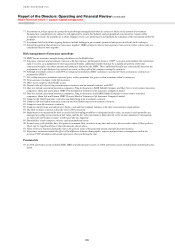 178
178 -
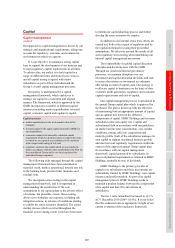 179
179 -
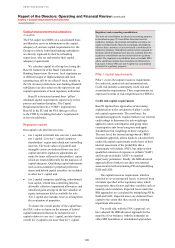 180
180 -
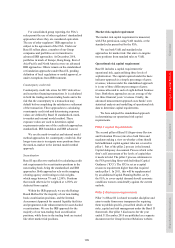 181
181 -
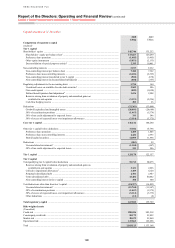 182
182 -
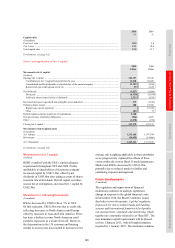 183
183 -
 184
184 -
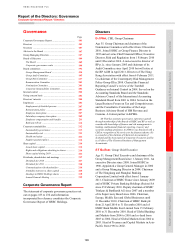 185
185 -
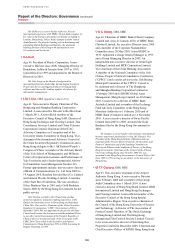 186
186 -
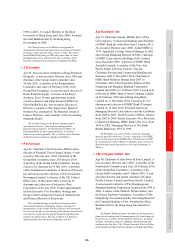 187
187 -
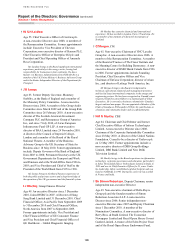 188
188 -
 189
189 -
 190
190 -
 191
191 -
 192
192 -
 193
193 -
 194
194 -
 195
195 -
 196
196 -
 197
197 -
 198
198 -
 199
199 -
 200
200 -
 201
201 -
 202
202 -
 203
203 -
 204
204 -
 205
205 -
 206
206 -
 207
207 -
 208
208 -
 209
209 -
 210
210 -
 211
211 -
 212
212 -
 213
213 -
 214
214 -
 215
215 -
 216
216 -
 217
217 -
 218
218 -
 219
219 -
 220
220 -
 221
221 -
 222
222 -
 223
223 -
 224
224 -
 225
225 -
 226
226 -
 227
227 -
 228
228 -
 229
229 -
 230
230 -
 231
231 -
 232
232 -
 233
233 -
 234
234 -
 235
235 -
 236
236 -
 237
237 -
 238
238 -
 239
239 -
 240
240 -
 241
241 -
 242
242 -
 243
243 -
 244
244 -
 245
245 -
 246
246 -
 247
247 -
 248
248 -
 249
249 -
 250
250 -
 251
251 -
 252
252 -
 253
253 -
 254
254 -
 255
255 -
 256
256 -
 257
257 -
 258
258 -
 259
259 -
 260
260 -
 261
261 -
 262
262 -
 263
263 -
 264
264 -
 265
265 -
 266
266 -
 267
267 -
 268
268 -
 269
269 -
 270
270 -
 271
271 -
 272
272 -
 273
273 -
 274
274 -
 275
275 -
 276
276 -
 277
277 -
 278
278 -
 279
279 -
 280
280 -
 281
281 -
 282
282 -
 283
283 -
 284
284 -
 285
285 -
 286
286 -
 287
287 -
 288
288 -
 289
289 -
 290
290 -
 291
291 -
 292
292 -
 293
293 -
 294
294 -
 295
295 -
 296
296 -
 297
297 -
 298
298 -
 299
299 -
 300
300 -
 301
301 -
 302
302 -
 303
303 -
 304
304 -
 305
305 -
 306
306 -
 307
307 -
 308
308 -
 309
309 -
 310
310 -
 311
311 -
 312
312 -
 313
313 -
 314
314 -
 315
315 -
 316
316 -
 317
317 -
 318
318 -
 319
319 -
 320
320 -
 321
321 -
 322
322 -
 323
323 -
 324
324 -
 325
325 -
 326
326 -
 327
327 -
 328
328 -
 329
329 -
 330
330 -
 331
331 -
 332
332 -
 333
333 -
 334
334 -
 335
335 -
 336
336 -
 337
337 -
 338
338 -
 339
339 -
 340
340 -
 341
341 -
 342
342 -
 343
343 -
 344
344 -
 345
345 -
 346
346 -
 347
347 -
 348
348 -
 349
349 -
 350
350 -
 351
351 -
 352
352 -
 353
353 -
 354
354 -
 355
355 -
 356
356 -
 357
357 -
 358
358 -
 359
359 -
 360
360 -
 361
361 -
 362
362 -
 363
363 -
 364
364 -
 365
365 -
 366
366 -
 367
367 -
 368
368 -
 369
369 -
 370
370 -
 371
371 -
 372
372 -
 373
373 -
 374
374 -
 375
375 -
 376
376 -
 377
377 -
 378
378 -
 379
379 -
 380
380 -
 381
381 -
 382
382 -
 383
383 -
 384
384 -
 385
385 -
 386
386 -
 387
387 -
 388
388 -
 389
389 -
 390
390 -
 391
391 -
 392
392 -
 393
393 -
 394
394 -
 395
395 -
 396
396
 |
 |

177
Overview Operating & Financial Review Governance Financial Statements Shareholder Information
Capital
Capital management
(Audited)
Our approach to capital management is driven by our
strategic and organisational requirements, taking into
account the regulatory, economic and commercial
environment in which we operate.
It is our objective to maintain a strong capital
base to support the development of our business and
to meet regulatory capital requirements at all times.
To achieve this, our policy is to hold capital in a
range of different forms and from diverse sources,
and all capital raising is agreed with major
subsidiaries as part of their individual and the
Group’s overall capital management processes.
Our policy is underpinned by a capital
management framework, which enables us to
manage our capital in a consistent and aligned
manner. The framework, which is approved by the
GMB, incorporates a number of different capital
measures including market capitalisation, invested
capital, economic capital and regulatory capital.
Capital measures
• market capitalisation is the stock market value of the
company;
• invested capital is the equity capital invested in HSBC by
our shareholders;
• economic capital is the internally calculated capital
requirement which we deem necessary to support the risks
to which we are exposed at a confidence level consistent
with a target credit rating of AA; and
• regulatory capital is the capital which we are required to
hold in accordance with the rules established by the FSA for
the consolidated Group and by our local regulators for
individual Group companies.
The following risks managed through the capital
management framework have been identified as
material: credit, market, operational, interest rate risk
in the banking book, pension fund, insurance and
residual risks.
We incorporate stress testing in the capital
management framework, and it is important in
understanding the sensitivities of the core
assumptions in our capital plans to the adverse effect
of extreme, but plausible, events. Stress testing
allows us to formulate our response, including risk
mitigation actions, in advance of conditions starting
to exhibit the stress scenarios identified. The actual
market stresses which occurred throughout the
financial system during recent years have been used
to inform our capital planning process and further
develop the stress scenarios we employ.
In addition to our internal stress tests, others are
carried out, both at the request of regulators and by
the regulators themselves using their prescribed
assumptions. We take into account the results of all
such regulatory stress testing when undertaking our
internal capital management assessment.
The responsibility for global capital allocation
principles and decisions rests with the GMB.
Through our structured internal governance
processes, we maintain discipline over our
investment and capital allocation decisions and seek
to ensure that returns on investment are adequate
after taking account of capital costs. Our strategy is
to allocate capital to businesses on the basis of their
economic profit generation, regulatory and economic
capital requirements and cost of capital.
Our capital management process is articulated in
the annual Group capital plan which is approved by
the Board. The plan is drawn up with the objective
of maintaining both an appropriate amount of capital
and an optimal mix between the different
components of capital. HSBC Holdings and its major
subsidiaries raise non-equity tier 1 capital and
subordinated debt in accordance with our guidelines
on market and investor concentration, cost, market
conditions, timing, effect on composition and
maturity profile. Each of the subsidiaries manages its
own capital to support its planned business growth
and meet its local regulatory requirements within the
context of the approved annual Group capital plan.
In accordance with our capital management
framework, capital generated by subsidiaries in
excess of planned requirements is returned to HSBC
Holdings, normally by way of dividends.
HSBC Holdings is the primary provider of
capital to its subsidiaries and these investments are
substantially funded by HSBC Holdings’ own capital
issuance and profit retention. As part of its capital
management process, HSBC Holdings seeks to
maintain a prudent balance between the composition
of its capital and that of its investment in
subsidiaries.
The tier 1 ratio (unaudited) increased to 12.1%
at 31 December 2010 (2009: 10.8%). It is our belief
that this enhanced ratio is appropriate in light of our
current evolution of the regulatory framework.
